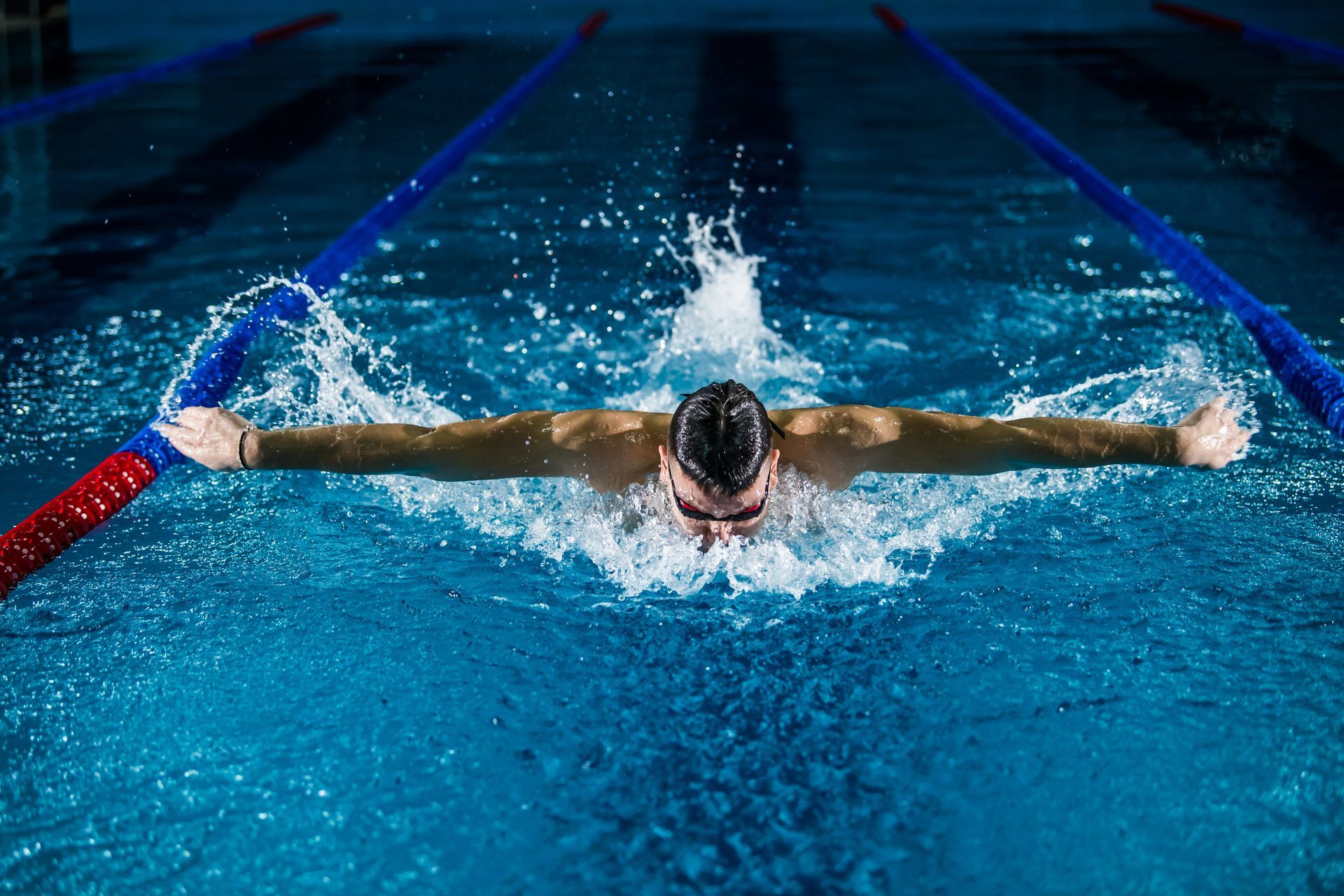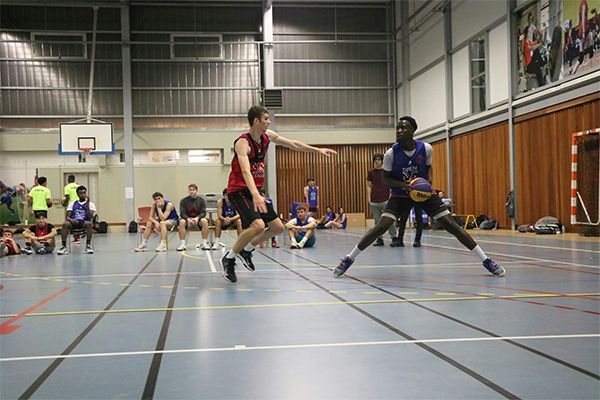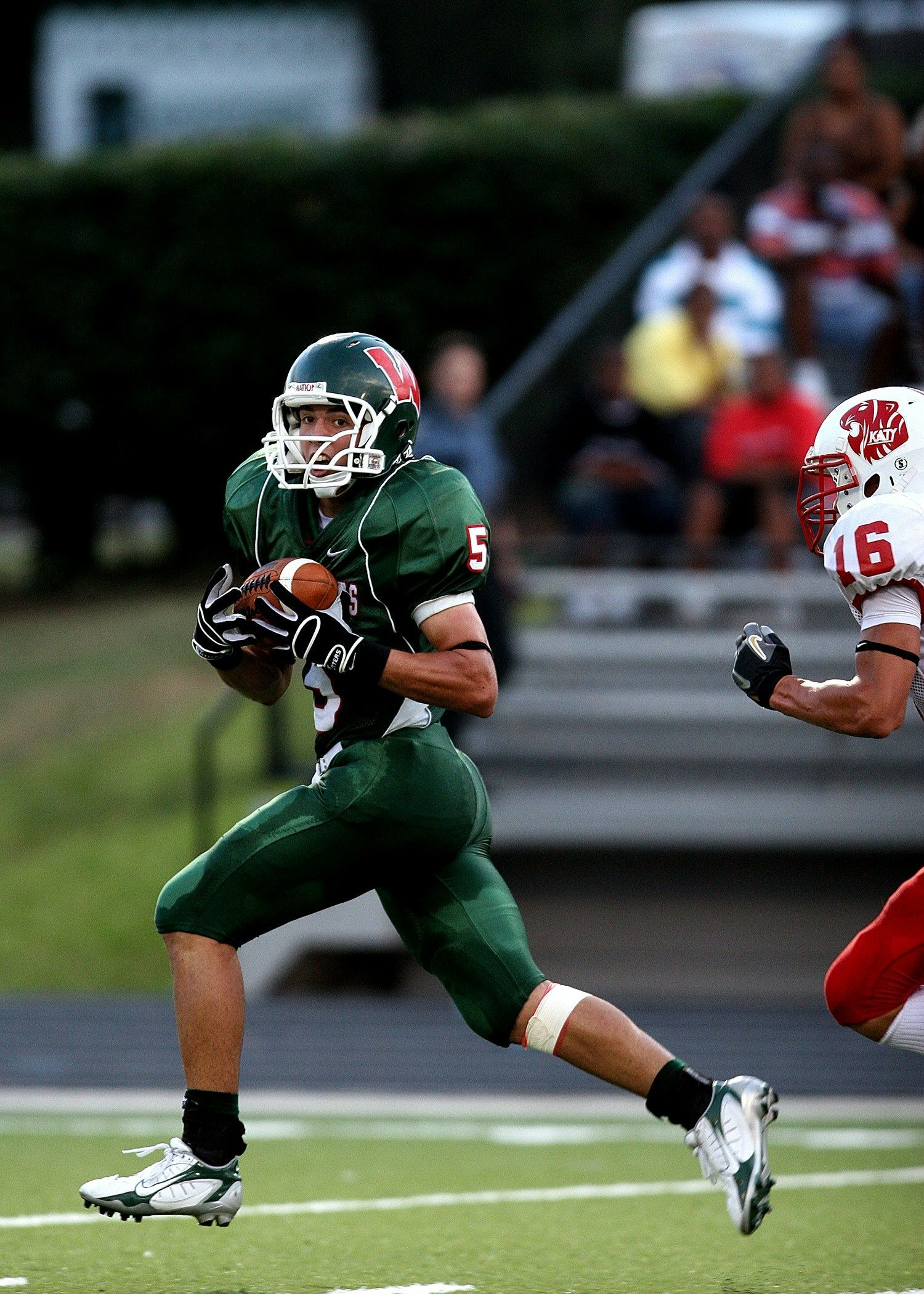
Becky Meline, LIMHP MGCP
Every athlete wants to succeed—or at least feel that they have reached their highest potential. You train hard, set goals, and push yourself to reach your potential. But sometimes, that drive for success turns into something heavier — the pressure to be perfect. When every mistake feels like failure, confidence and joy in the sport can quickly fade. Perfectionism in sports is one of the main culprits that bring athletes into my office.
That’s where mindset comes in.
Understanding whether you’re operating from a growth mindset or a fixed mindset can completely change how you handle mistakes, challenges, and even perfectionism itself.
What’s the Difference?
- Fixed Mindset:
A fixed mindset believes that your abilities and talents are set in stone — you’re either “good” or “not good” at something. Athletes with this mindset might think, “I’m just not fast enough,” or “If I mess up, it means I’m not talented.”
Mistakes become threats. Feedback feels personal. Failure means you’re “not enough.”
- Growth Mindset:
A growth mindset sees abilities as things that can be developed through effort, practice, and learning. Challenges become opportunities to grow. Mistakes are feedback. And setbacks are simply part of the process of getting better.
This mindset says, “I can learn from this,” or “I haven’t mastered it yet.
How Mindset Affects Perfectionism
Perfectionism often grows out of fear — fear of not being good enough, of disappointing others, or of making mistakes. When you have a fixed mindset, that fear feels justified because every error feels like proof that you’ve hit your limit.
But when you shift to a growth mindset, mistakes stop being proof of weakness. Instead, they’re part of your path to mastery. You begin to understand that everybody starts as a beginner until they meet mastery in a skill.
- Failure doesn’t define you.
- Effort isn’t a sign of lack — it’s the key to improvement.
- Progress matters more than perfection
Practical Ways to Build a Growth Mindset
1. First and foremost, you have to believe it’s possible for you to improve and get better. It might sound simple, but it’s the first step to becoming your greatest self. When athletes don’t believe it’s possible, it’s the exact opposite of a growth mindset and it keeps you stuck.
2. Add “Yet” to Your Thinking
When you catch yourself saying, “I’m not good at this,” add “yet.”
→ “I’m not good at this yet.”
It’s a small word that shifts your thinking from limitation to possibility. “Yet” helps you see that this is a skill that can be developed and improved upon through effort and reps.
3. Mistakes are Data—use the information to help you grow
After a tough game or practice, ask yourself:
- What did I learn?
- What will I do differently next time?
- What went well despite the mistake?
4. Focus on the Process, Not the Outcome
Instead of obsessing over stats, rankings, or wins, focus on controllables — your effort, your attitude, your preparation. The more you value growth over results, the less perfection will control you.
5. Embrace Feedback as a Tool to Help you Grow—Not a Personal Attack
Coaches correct you because they see potential. Listen to feedback without taking it as criticism of who you are — it’s simply a roadmap to improvement.
6. Celebrate Small Wins
Every bit of progress deserves recognition. Whether it’s better body language, improved focus, or a new personal best, celebrating small wins reinforces growth over perfection.
The most successful athletes aren’t the ones who never fail — in fact, they have likely failed more than anyone else. The difference is that they didn’t stop, they kept going and showed grit through their adversity. They’re the ones who learn, adapt, and keep going. A growth mindset frees you from the pressure of perfection and helps you rediscover the love of competing and improving.
You don’t need to be perfect. You just need to keep growing—and keep in mind that everyone grows at different rates.









